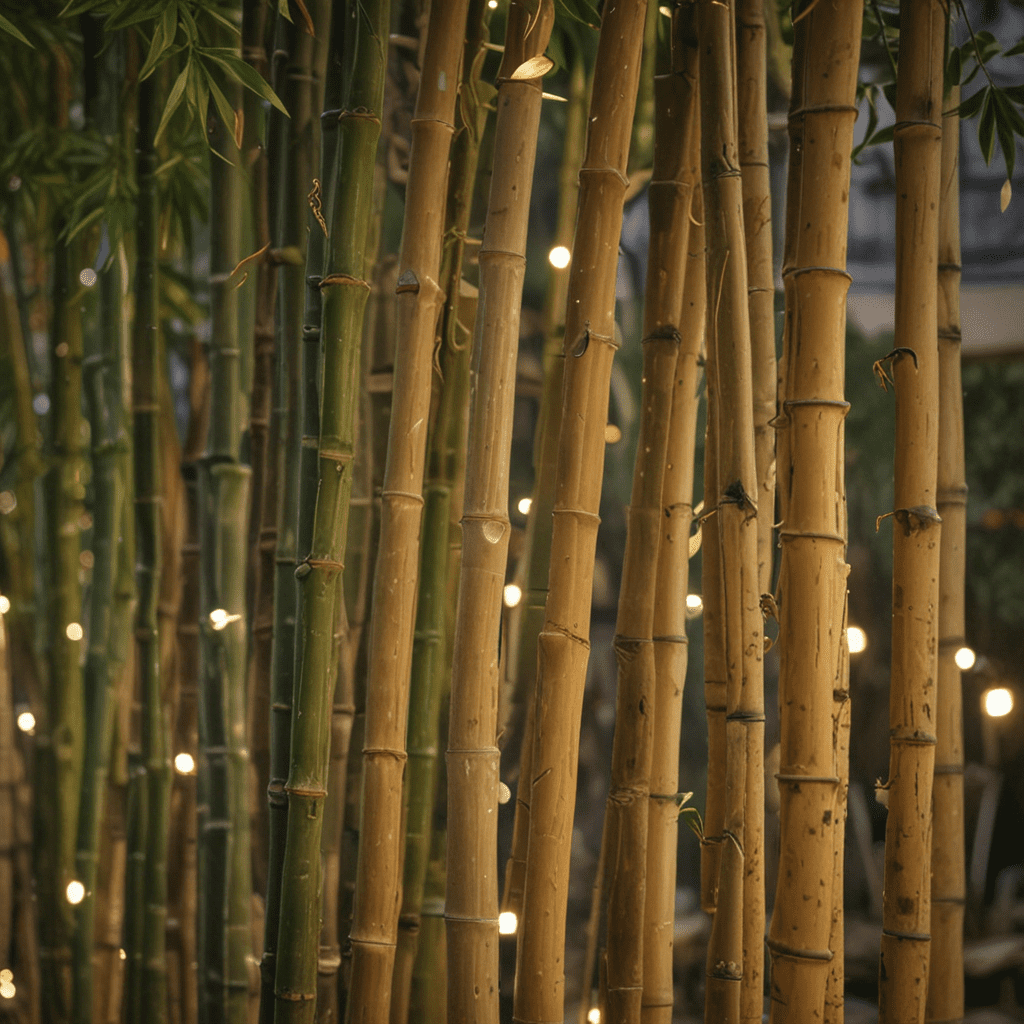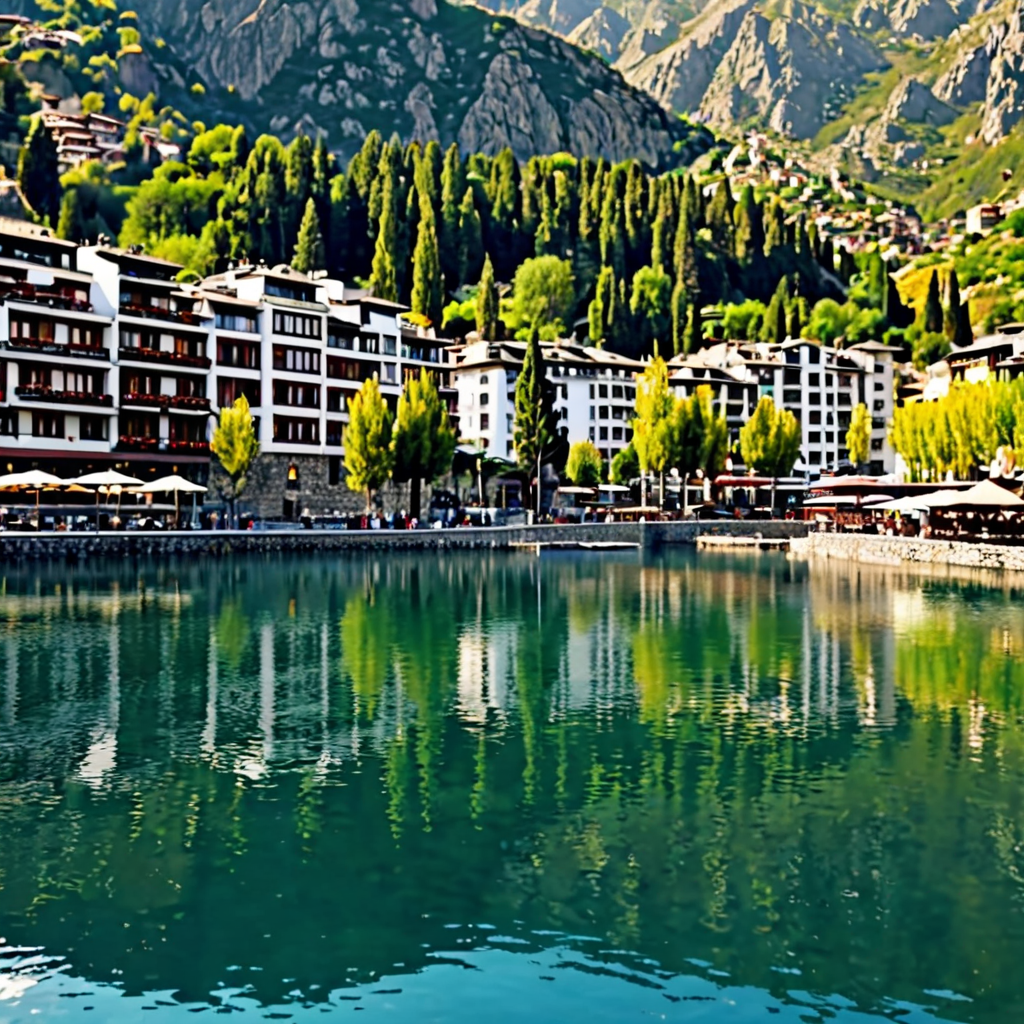Traditional Bamboo Crafts in Bangladesh
I. Overview of Bamboo Crafts in Bangladesh
Bamboo, a versatile and fast-growing plant, holds a significant place in the cultural heritage of Bangladesh. Traditional bamboo crafts have been an integral part of Bangladeshi society for centuries, showcasing the creativity and artistry of local artisans. From intricate baskets and mats to musical instruments and decorative pieces, bamboo crafts embody the skill and craftsmanship of generations of artisans.
II. Historical Significance of Bamboo Crafts
The use of bamboo in crafts in Bangladesh has deep historical roots. Archaeological evidence suggests that bamboo has been utilized for various purposes since ancient times. During the Mughal period (16th-18th centuries), bamboo craft flourished as skilled artisans crafted exquisite objects for the royal court. Over the years, bamboo crafts have continued to evolve, adapting to changing societal needs and aesthetic preferences.
III. Regional Variations in Bamboo Craft Styles
Bangladesh is home to diverse regional variations in bamboo craft styles. In the northern region, artisans are known for their intricate cane and bamboo furniture, while in the central region, they specialize in making decorative masks and dolls. In the southern coastal areas, bamboo crafts focus on fishing traps, baskets, and mats. These regional variations reflect the unique cultural influences and natural resources available in different parts of the country.
IV. Materials and Techniques Used in Bamboo Crafting
Bamboo craftsmen in Bangladesh use a variety of techniques to create their masterpieces. The most common method is weaving, where thin strips of bamboo are intricately woven together to form various shapes and patterns. Other techniques include plaiting, twining, and coiling. Artisans use sharp tools to cut and shape the bamboo, ensuring precision and durability in their creations.
V. Common Types of Bamboo Crafts
Bamboo crafts in Bangladesh encompass a wide range of items, including household objects, decorative pieces, and musical instruments. Baskets, mats, and other utilitarian objects are essential for daily life in rural areas. Artisans also create decorative pieces such as wall hangings, lamps, and sculptures, showcasing their artistic skills. Traditional musical instruments like the flute, drum, and ektara are crafted from bamboo, adding a unique sound to Bangladeshi music and dance.
VI. Economic and Cultural Importance
Bamboo crafts play a significant economic role in Bangladesh, providing livelihood for many artisans and their families. The sale of bamboo products generates income, contributing to the local economy. These crafts also hold cultural significance, representing the traditional skills and artistic heritage of the Bangladeshi people. Bamboo crafts are often used in religious ceremonies, festivals, and other cultural events.
VII. Innovations and Modern Adaptations
In recent years, bamboo crafts in Bangladesh have undergone innovations and modern adaptations to meet changing market demands. Artisans have experimented with new designs and techniques, incorporating contemporary styles while preserving traditional craftsmanship. The use of sustainable and eco-friendly materials has also gained popularity, catering to the growing demand for environmentally conscious products.
VIII. Preservation and Promotion of Traditional Crafts
Efforts are underway to preserve and promote traditional bamboo crafts in Bangladesh. The government, NGOs, and international organizations support initiatives aimed at training new artisans, preserving traditional techniques, and providing market access for bamboo products. Cultural festivals and exhibitions showcase the beauty and diversity of bamboo crafts, fostering appreciation and encouraging their continued practice.
IX. Challenges Faced by Bamboo Craft Artisans
Bamboo craft artisans in Bangladesh face several challenges, including competition from imported products, lack of access to raw materials, and limited market opportunities. Climate change and environmental degradation also pose threats to the bamboo industry, making it essential to promote sustainable practices and protect the natural resources used in bamboo crafting.
X. Conclusion: Bamboo Crafts as a Legacy of Bangladeshi Culture
Traditional bamboo crafts in Bangladesh represent a rich and vibrant aspect of the country's cultural heritage. From intricate household objects to decorative masterpieces and musical instruments, these crafts showcase the creativity and artistry of Bangladeshi artisans. By preserving and promoting bamboo crafts, we not only support the livelihoods of artisans but also safeguard a legacy that has been passed down through generations. Bamboo crafts continue to evolve and adapt, ensuring their relevance in contemporary society while preserving their timeless appeal.
Frequently Asked Questions (FAQs)
What are the most common types of bamboo crafts in Bangladesh?
Bamboo crafts in Bangladesh include baskets, mats, furniture, decorative pieces, masks, dolls, and musical instruments.
How are bamboo crafts made in Bangladesh?
Bamboo craftsmen use techniques such as weaving, plaiting, twining, and coiling to create bamboo crafts.
What is the economic importance of bamboo crafts in Bangladesh?
Bamboo crafts provide livelihood for many artisans and contribute to the local economy.
What are the challenges faced by bamboo craft artisans in Bangladesh?
Challenges include competition from imported products, lack of access to raw materials, and limited market opportunities.
How can traditional bamboo crafts be preserved and promoted?
Efforts to preserve and promote traditional bamboo crafts include training new artisans, preserving traditional techniques, providing market access, and showcasing bamboo crafts in cultural festivals and exhibitions.


